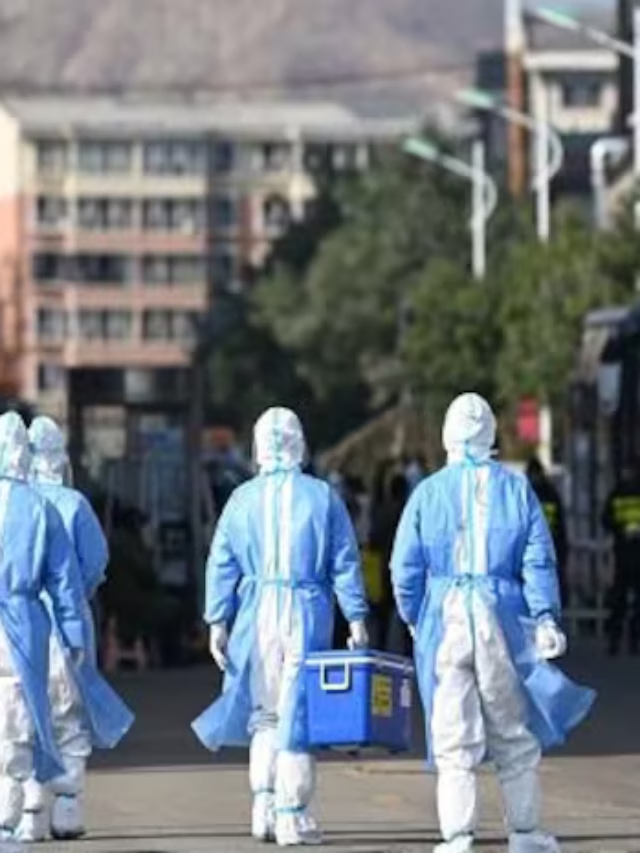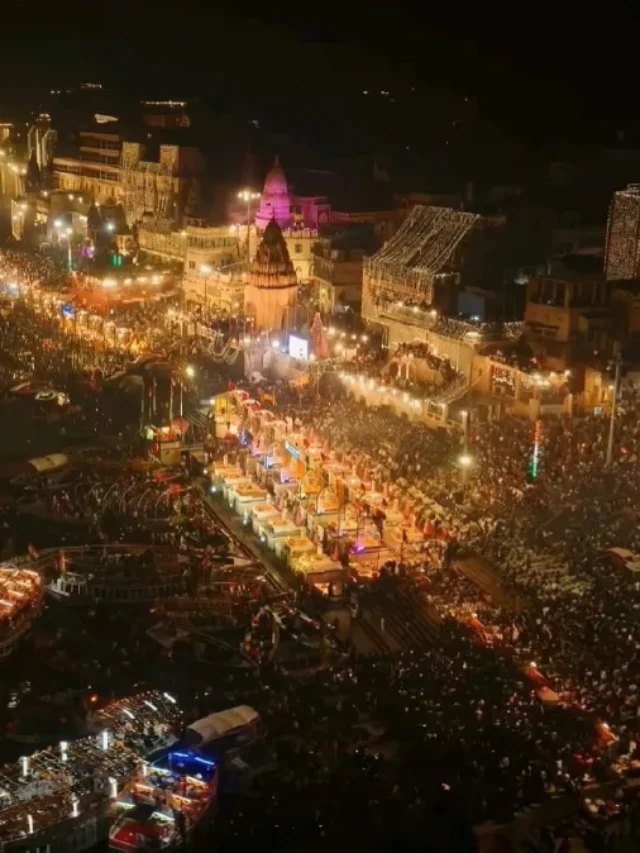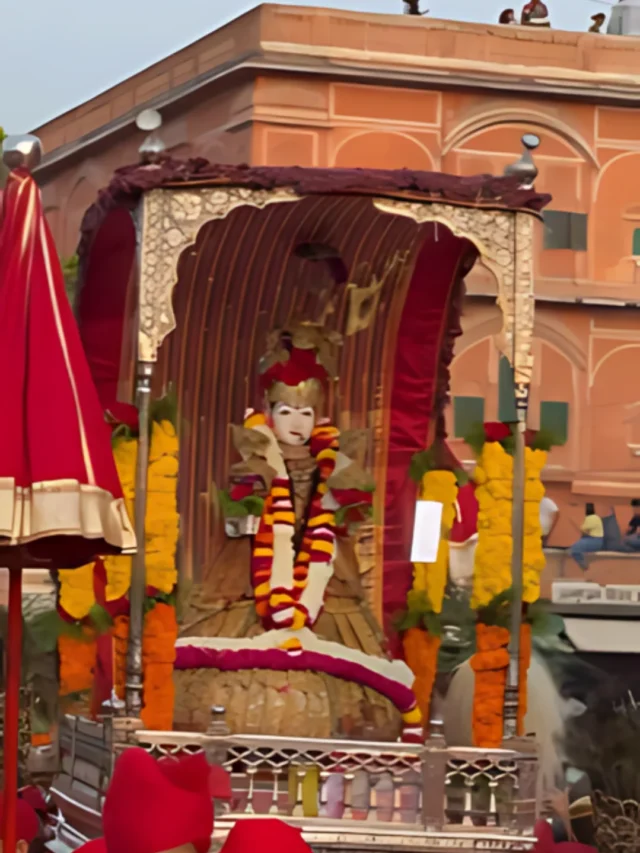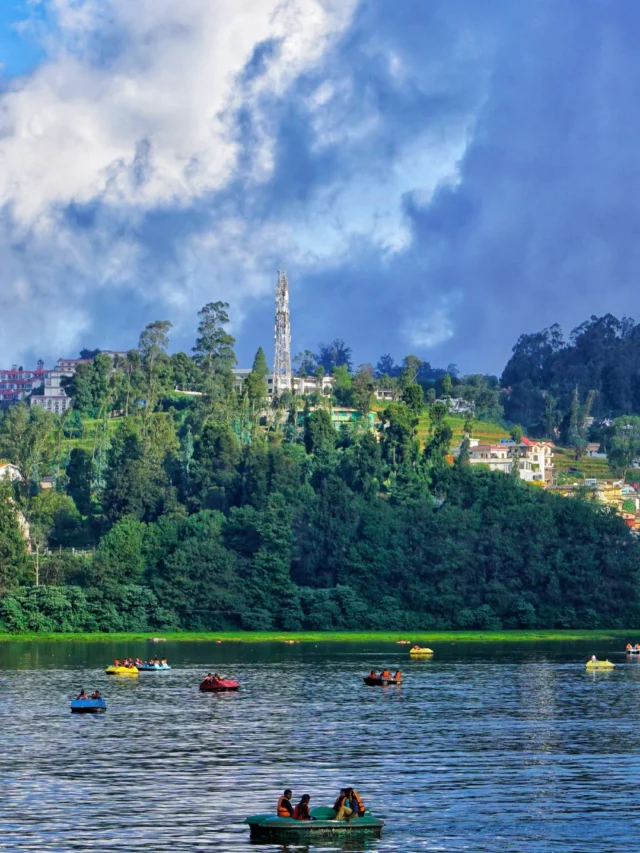India has many treks for all hike lovers. For planning a fulfilling trek, one needs a lot of things. If you’re contemplating what to bring to your trek, here’s the ultimate trekking equipment list that will help you through every trek you ever embark on!
The Ultimate Trekking Equipment List
You will be living outdoors for the period of your trek and need to consider your daily needs. Another thing that you will need to consider is your budget – look out for equipment that is in your budget. If you are not a frequent trekker, it is best that you rent the expensive equipment instead of spending a lot on it. From this trekking equipment list, get only what you think will be necessary for you according to your needs and the duration of your trek.
If you have a little to spend and are going on the trek on your own, consider renting the major equipment. If you’re going via a trek package, you will be provided with the major equipment by the operators for the duration of your trek.
Apparel Trekking Equipment List
1. Moisture-Wicking Layers
These serve as the cornerstone of your hiking clothing. Choose materials made of synthetic or merino wool, which effectively drain away perspiration from the skin to keep you dry and comfortable. This important layer controls body temperature, keeping one from overheating on arduous climbs and from freezing on cool descents.
2. Waterproof and Breathable Pants
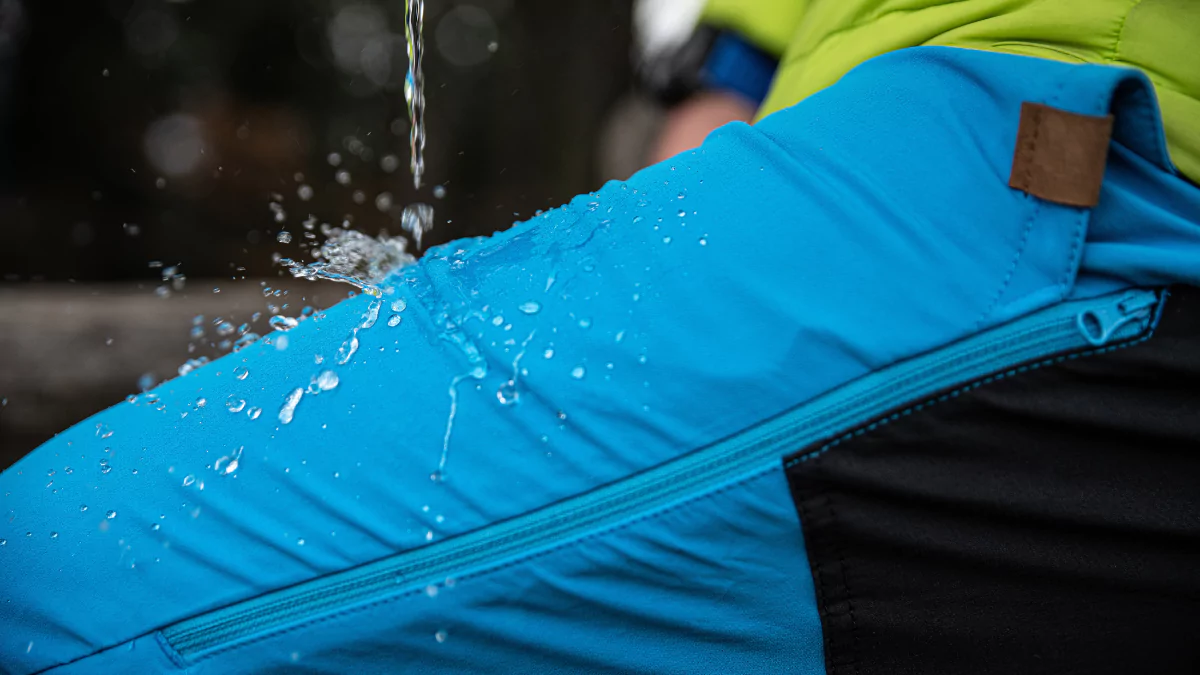
Trekking trousers made of breathable and waterproof fabrics enable perspiration to drain from your body and shield you from the elements, avoiding soreness from retained moisture. Choose trousers with seat and knee reinforcement for durability in rugged areas.
3. Insulating Layers
In chilly weather, insulating clothes help to maintain body heat. A down jacket or a fleece jacket that is lightweight and compressible are both great options. These layers are crucial for staying warm on frigid evenings or high-altitude hikes since they offer warmth without bulking up your entire ensemble.
4. Waterproof and Windproof Jacket
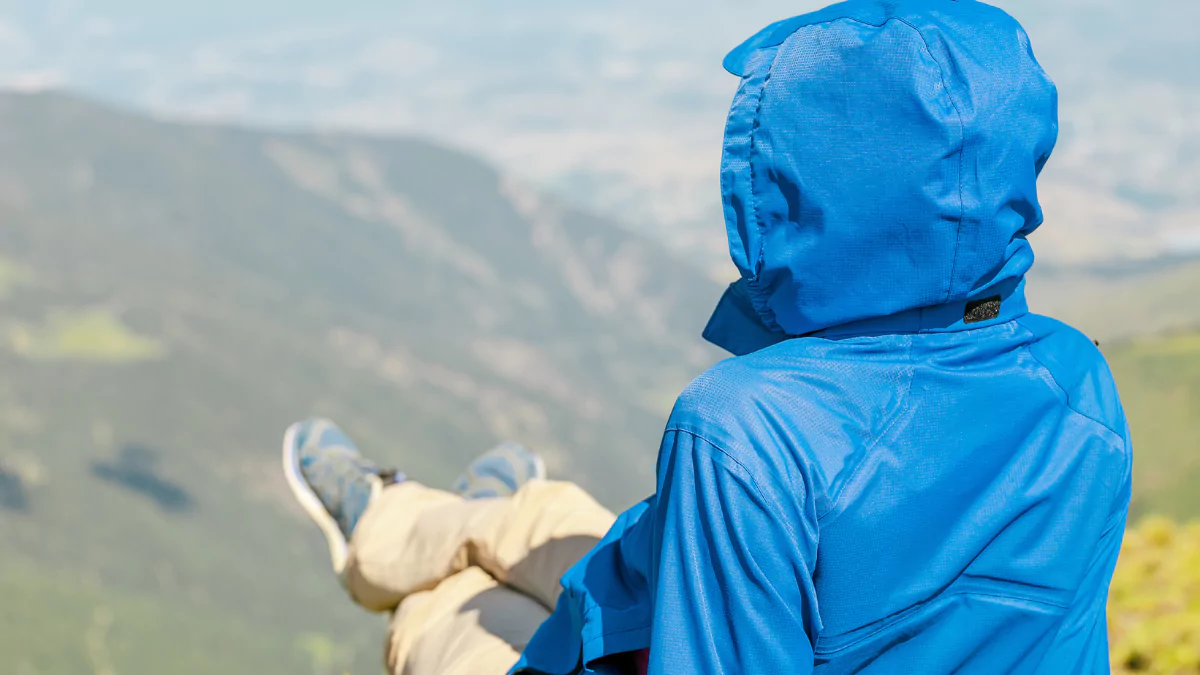
A dependable jacket that is both windproof and waterproof serves as a barrier against erratic weather. To avoid overheating, choose a jacket with breathable fabrics and an adjustable hood, cuffs, and hem to keep out wind and rain. This layer is essential in order to be comfortable and dry during rain or snow.
5. Quick-Dry Shirts

Pick trekking shirts that are quick to dry and lightweight to provide comfort in a range of weather situations. Roll-up sleeves are more versatile, but long sleeves give protection from the sun and insects. When hiking hard, look for shirts with venting characteristics to improve breathability.
6. Gaiters for Snow Treks in India
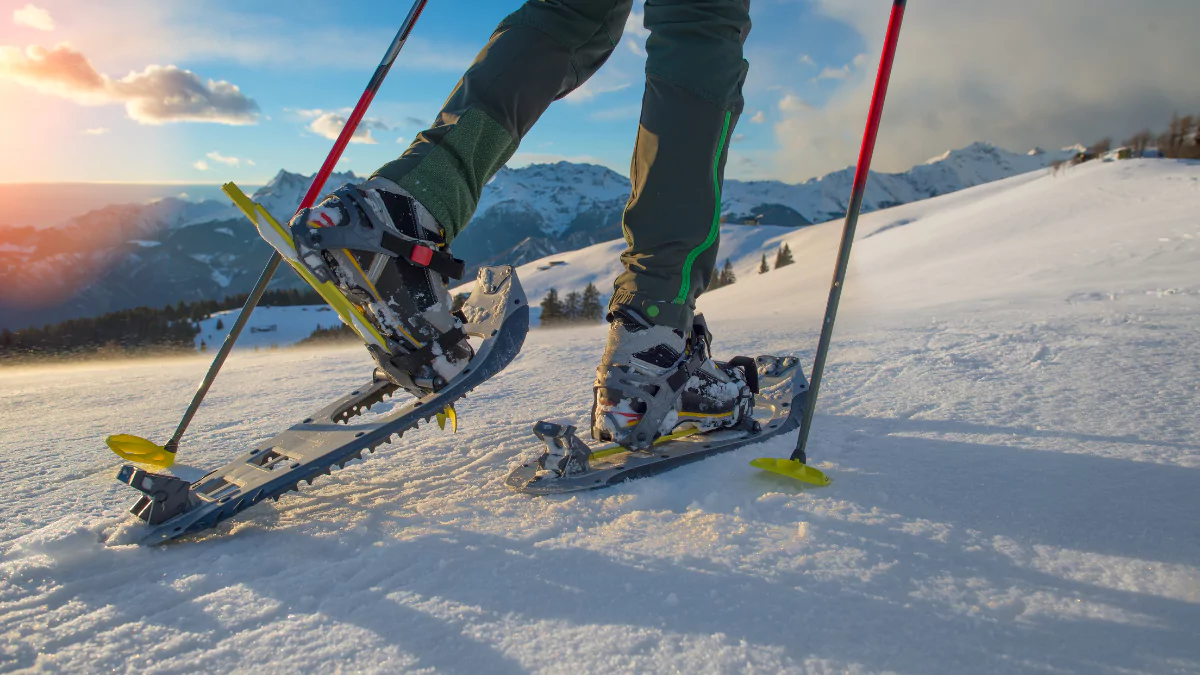
Gaiters serve as a barrier between your boots and the snow in icy conditions. They keep your feet warm and dry by keeping snow out of your shoes. As an additional layer of protection, gaiters are particularly helpful in thick snow or when travelling across snow-covered terrain.
7. Warm Hats and Gloves for Himalayan Treks
When it’s freezing outside, keeping warm requires wearing gloves and a thick hat. They ensure comfort in cold mornings and at higher elevations by shielding delicate regions like the hands and head from heat loss.
8. Sun Hats and Sunglasses
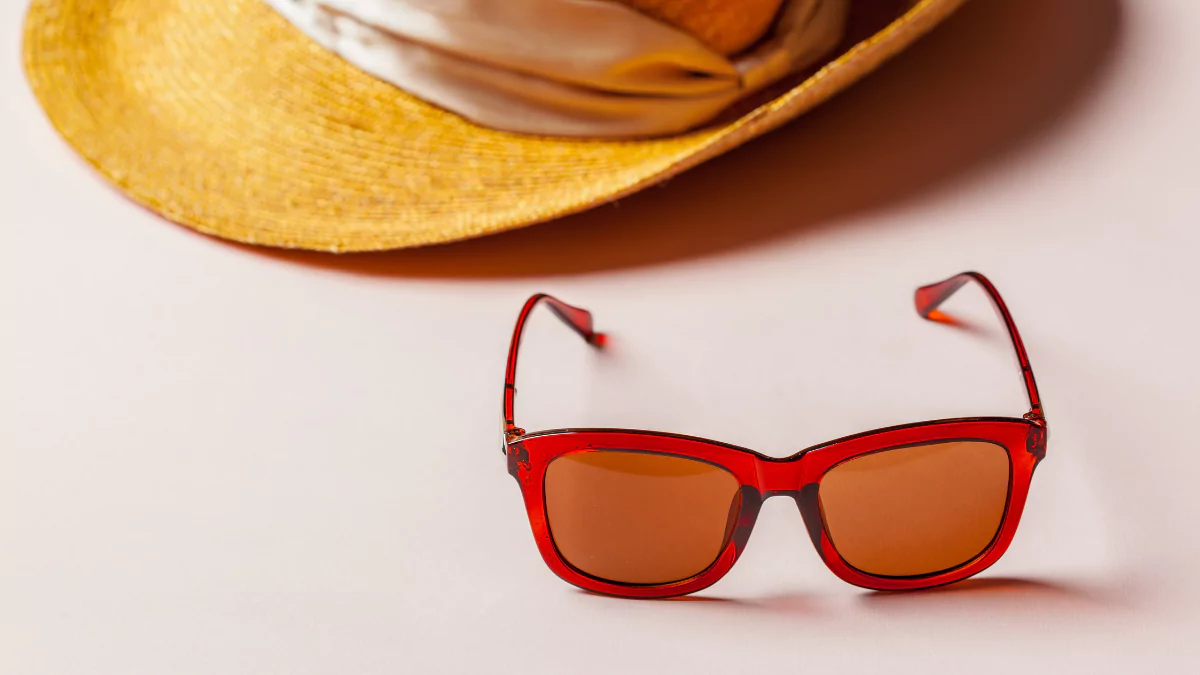
Put on a wide-brimmed hat to protect your neck and face from the sun. When it’s snowing, wearing sunglasses with UV protection is essential to protect your eyes from the harsh alpine sunshine and avoid snow blindness.
9. Sturdy Footwear
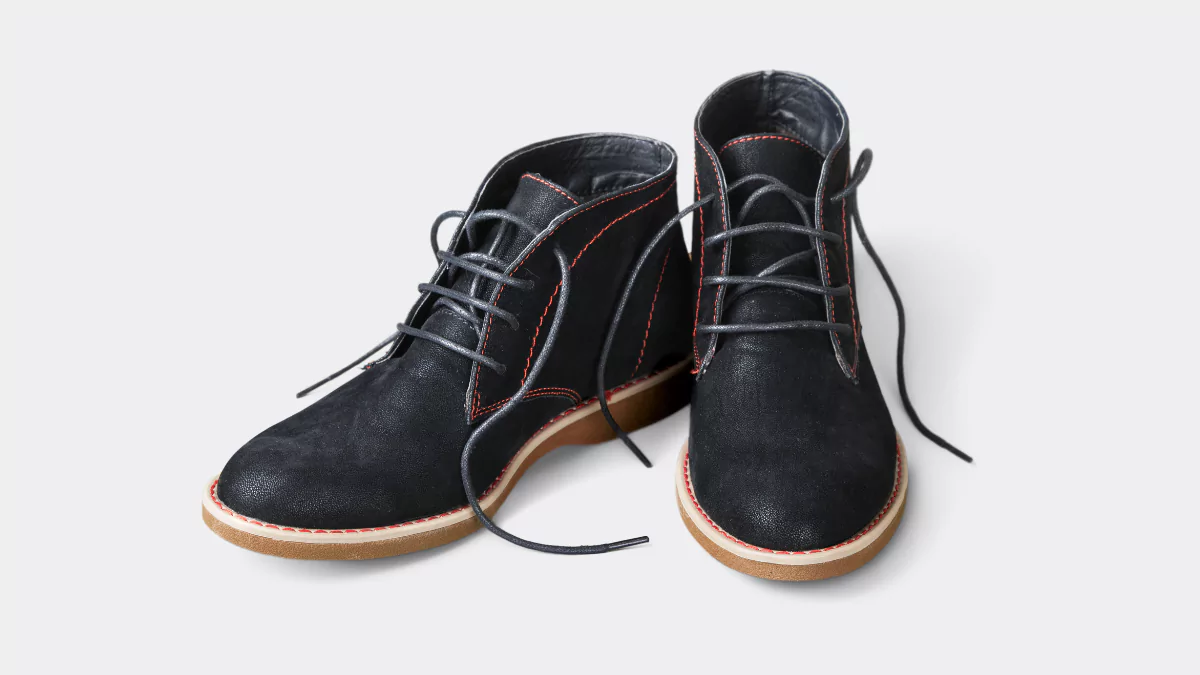
Purchasing strong and cosy hiking footwear is essential to a successful and pleasurable hike. Choose boots with ankle support to minimise the risk of ankle injuries and to provide stability on uneven terrain. To keep your feet dry in damp weather, look for a style that is both breathable and waterproof. Before your walk, make sure they fit properly and break them in to avoid blisters and pain. Your whole trekking experience will be improved by the support, traction, and durability that the correct footwear can offer.
10. Moisture-Resistant Socks
Just as important as choosing the perfect boots are the socks you wear with them. Moisture-wicking socks efficiently whisk moisture away from your feet. They can be constructed of natural fibres like merino wool or synthetic materials like polyester. This keeps perspiration from building up, which lessens the chance of blisters and pain. Wool socks, in particular, provide great insulation—even when they get wet—so they work well in a variety of weather situations. Carry additional pairs so you may change throughout the walk, particularly if you come across difficult or damp terrain. During your journey, wearing moisture-wicking socks and high-quality trekking boots will keep your feet comfy, dry, and blister-free.
Backpack Trekking Equipment List
1. A Backpack
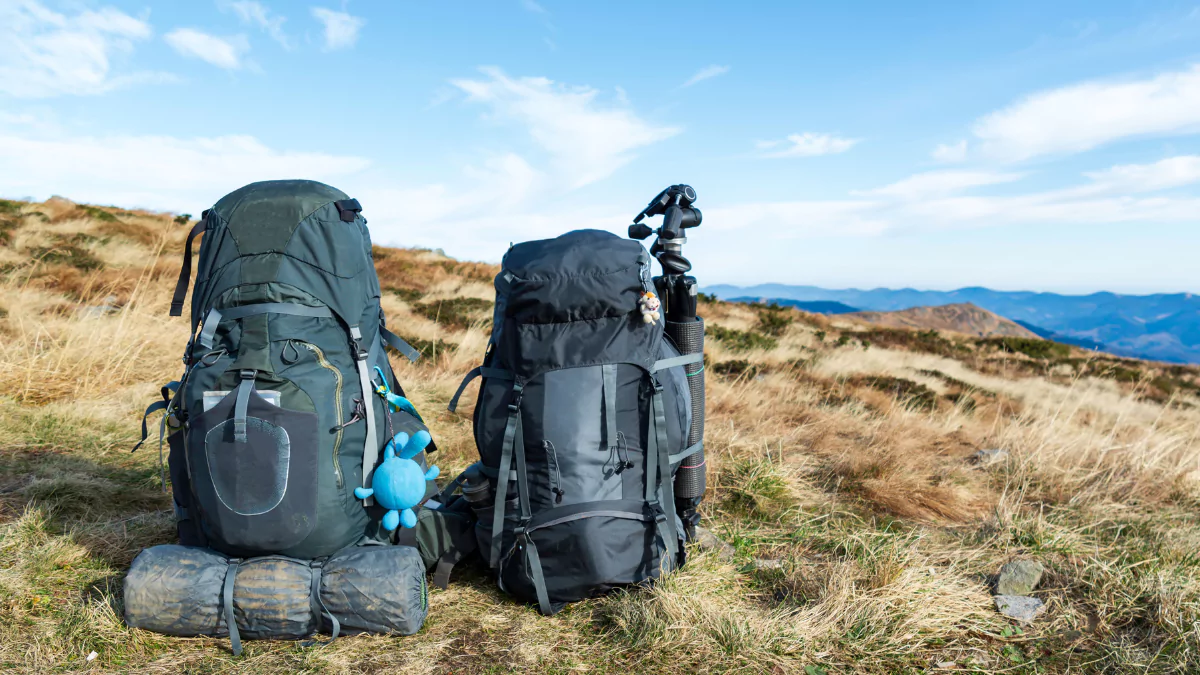
A flawless hiking experience depends on choosing the correct trekking backpack. The length of your hike and the quantity of equipment you want to carry should be taken into consideration when choosing a rucksack size. A smaller 30- to 40-litre pack could be plenty for day walks, while a 50- to 70-litre pack would be needed for longer excursions. For well-organised packing, look for a rucksack with cushioned hip belts, adjustable straps, and several pockets. Choose a sturdy, water-resistant material to protect your equipment from unforeseen snowfall or rain. A well-designed trekking rucksack effectively distributes weight, guaranteeing comfort even after prolonged use.
2. Rain Cover
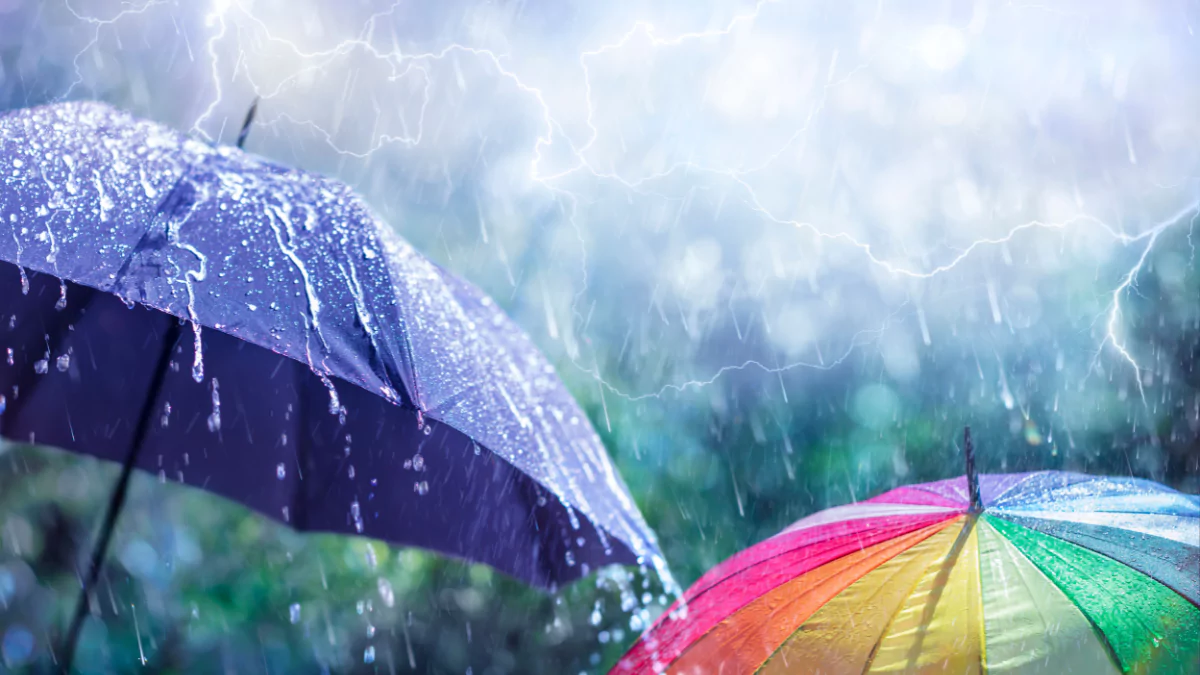
Since trekking sometimes involves unpredictable weather, a rain cover is a must-have item for your bag. Rain will not soak your equipment, thanks to the shielding effect of this thin, waterproof cover. Make sure the rain cover fits your bag properly and is conveniently located so you can quickly use it in case the weather suddenly turns bad. Regardless of the weather, keeping your possessions dry not only protects their integrity but also makes the walk more pleasant and pleasurable.
3. Small Backpack for One-Day Treks
A lightweight daypack is a crucial component of your hiking equipment, especially for quick outings or detours from your base camp. A daypack with 20 to 30 litres should have enough room for necessities, including food, drink, a camera, and a first aid kit. For comfort on short walks, look for a daypack with ventilated back panels and cushioned shoulder straps. Because of its adaptability, you may explore local sights with it and not have to bring your bulkier trekking bag. A daypack guarantees that you may leave your main bag at the camp and venture out with only the necessities, whether you’re walking to a nearby viewpoint or touring a small community.
Sleeping Gear Trekking Equipment List
1. Tent
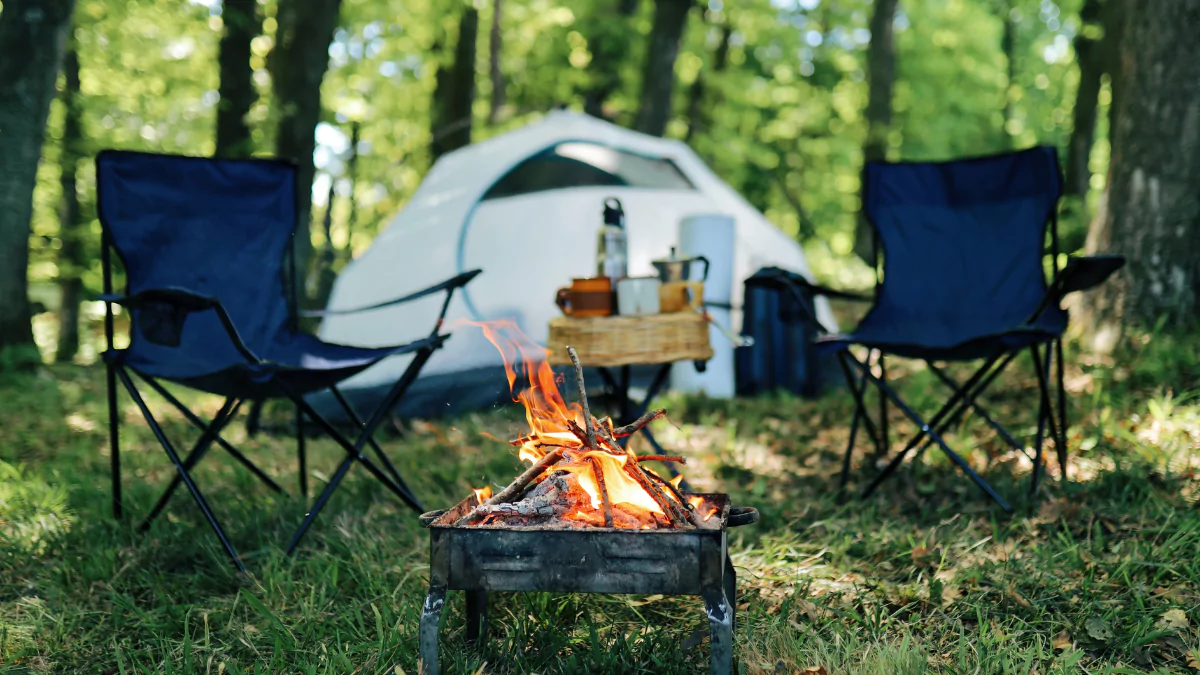
For a safe and enjoyable camping experience while on a hike, a strong, suitably sized tent is essential. When choosing a tent, take into account elements like weight, weather resistance, capacity, and seasonality. Choose a lightweight, conveniently assembled tent that has a rainfly, adequate ventilation, and durability. Put trustworthy businesses first for dependability. A well-selected tent offers protection and shelter and adds a great deal to the overall pleasure of your hiking experience.
2. Sleeping Bag
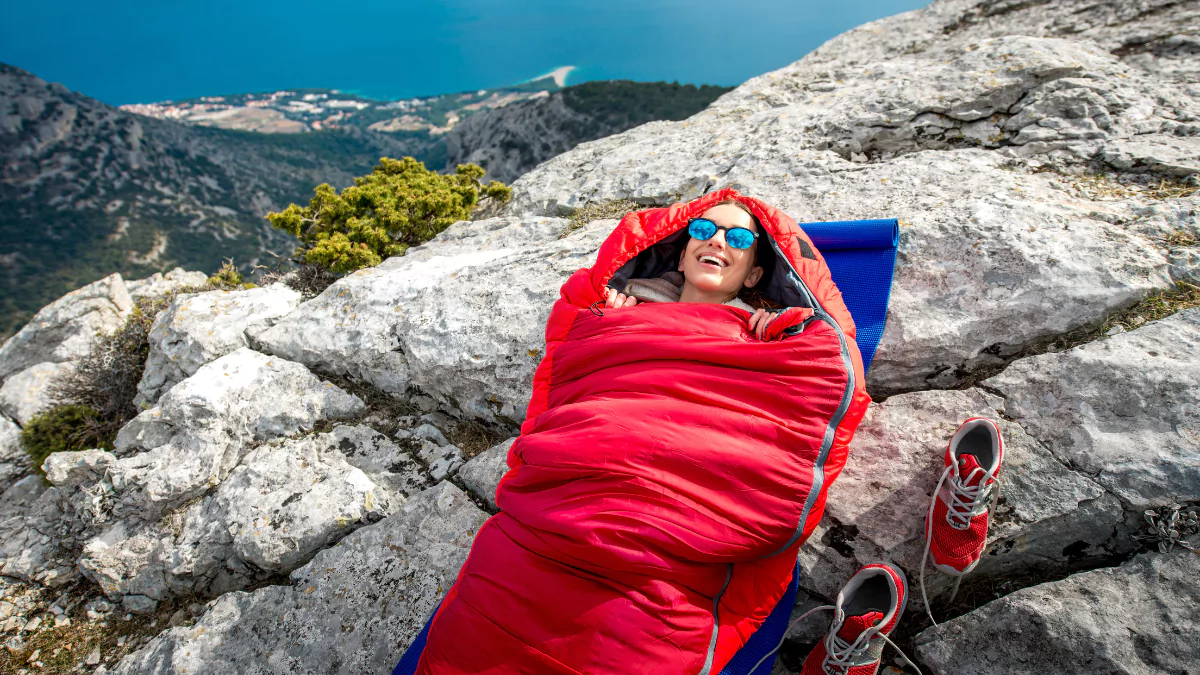
During treks, choosing the appropriate sleeping bag is essential to a comfortable night’s sleep. Select a bag that is appropriate for the expedition’s altitude and season. Based on the predicted weather, take into account temperature ratings and insulation type (synthetic or down). To ensure warmth, choose a bag with a lower temperature rating for colder locations and higher altitudes. On the other hand, a lightweight bag will do throughout the warmer months. For ease of transport, give priority to weight and compressibility. A sleeping bag is necessary for restorative sleep among the varied scenery of your hike.
Accessories for Trekking Equipment List
1. Trekking Poles
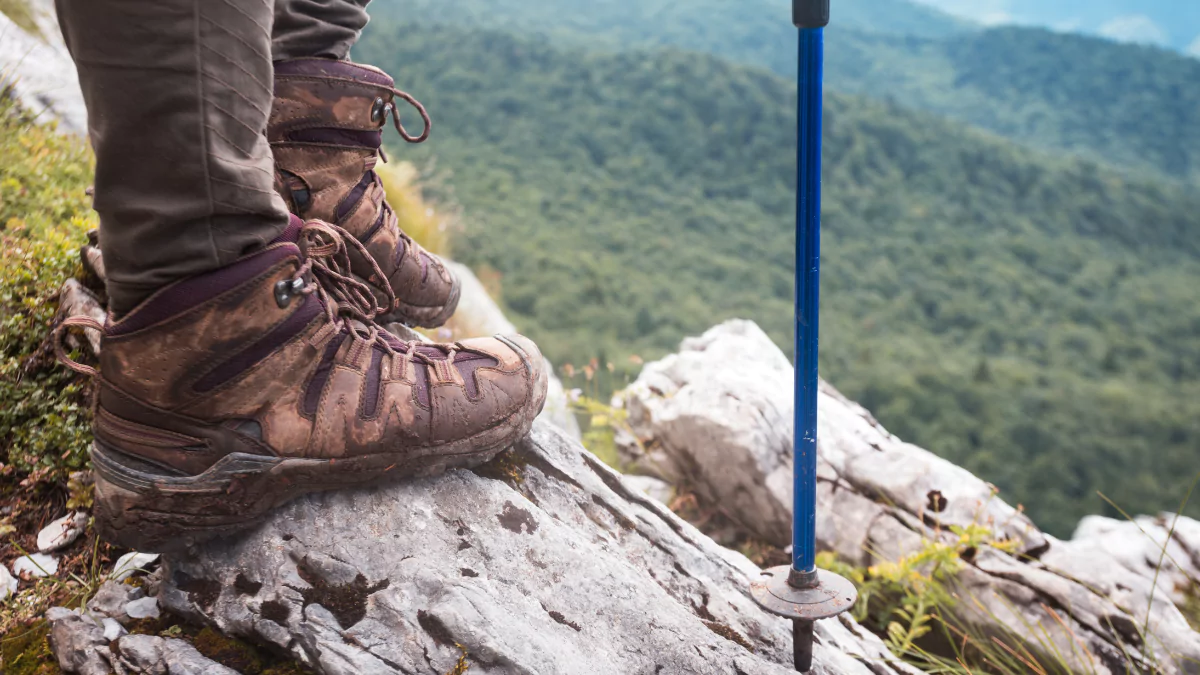
Trekking poles are essential for maintaining balance during ascents and descents, minimising joint strain, and providing stability on uneven terrain. Adjustable trekking poles provide a safe and pleasant experience on a variety of terrains.
2. Flashlight and Extra Batteries
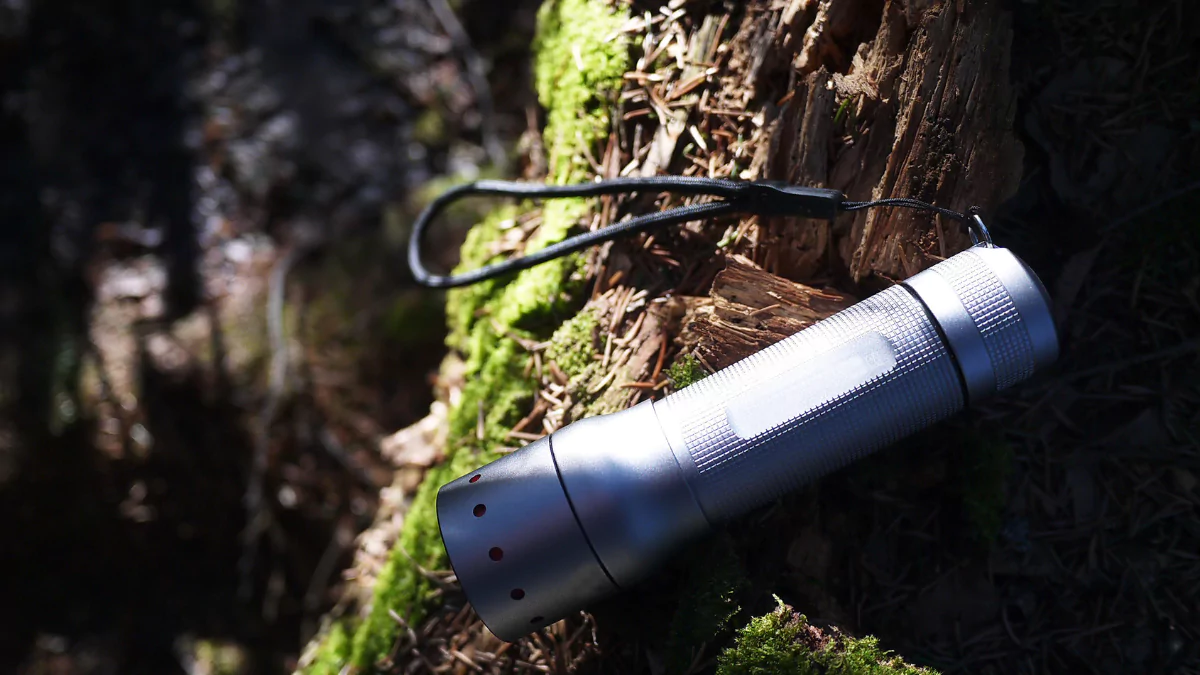
For trail navigation in low light or complete darkness, a dependable headlamp or torch with extra batteries is necessary. It ensures visibility, improves security, and makes chores like setting up camp for nocturnal excursions easier.
3. Reusable Water Bottle
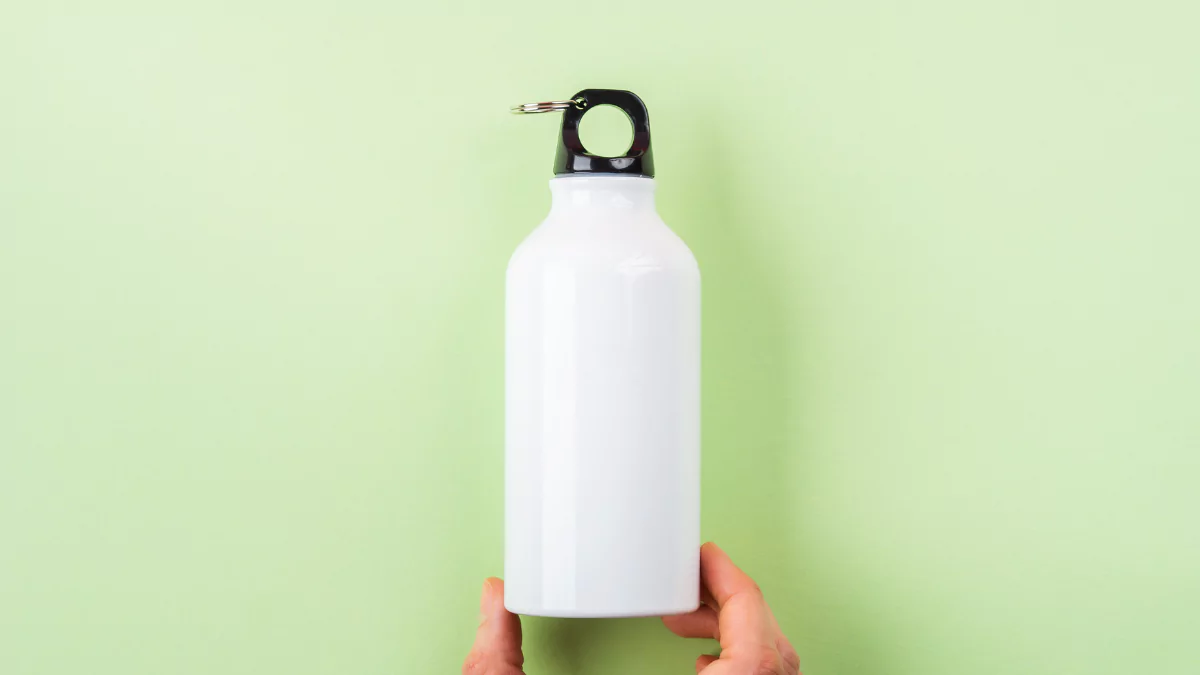
Water is essential during trekking. You may stay well-hydrated while exploring the great outdoors by selecting water bottles or hydration systems based on the length and terrain of your walk.
4. Water Purification System

During treks, water purification pills or filters are essential for removing hazardous germs, providing clean drinking water, and avoiding waterborne infections.
5. Snacks

Keep your energy levels up with non-perishable, light snacks. Energy bars are an easy and quick way to get the nourishment you need, especially during the harder parts of the hike.
6. Map/Compass/GPS
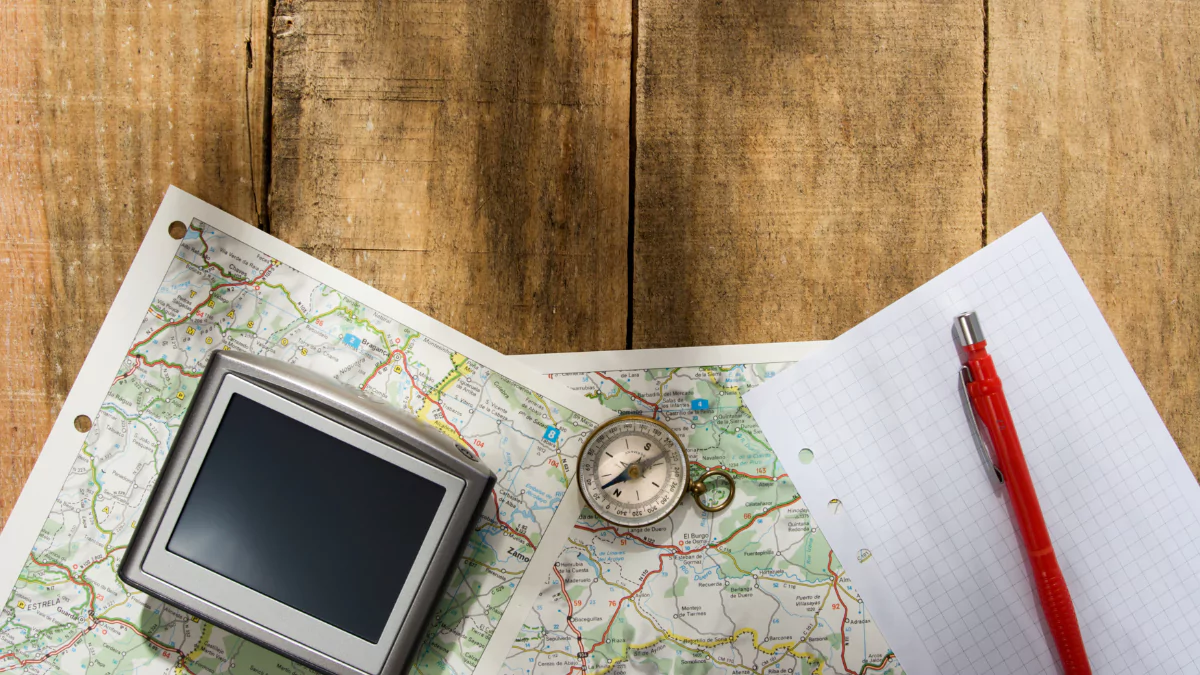
With the aid of a thorough map, compass, or GPS gadget, navigate with assurance. It is less likely that you will get lost if you are familiar with the route beforehand, especially in foreign territory.
7. Multi-Tool/Knife
During hikes, a small, sturdy multi-tool or knife may be used for everything from cutting rope to chopping meals. Because of its adaptability, it’s a necessary tool for dealing with unanticipated circumstances when hiking.
First Aid Kit Trekking Equipment List
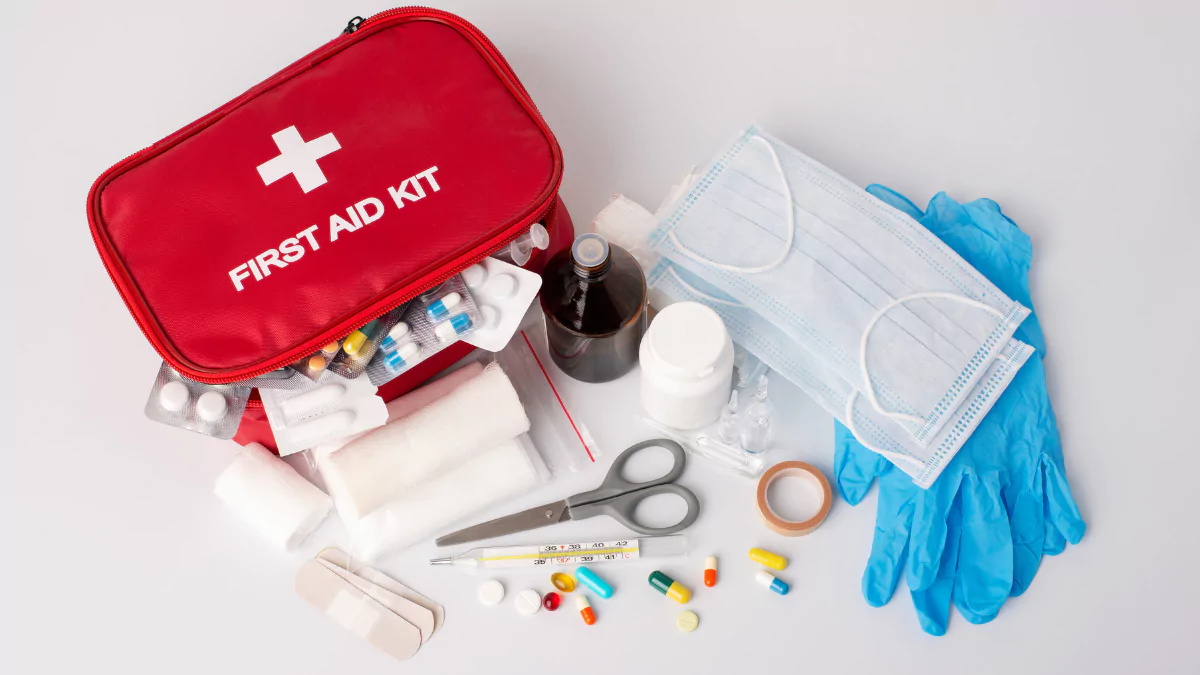
1. Medicines
When going on a hike, having a well-filled first aid pack on hand is crucial for treating minor wounds and health issues. Add over-the-counter pharmaceuticals, prescription meds, analgesics, and pain relievers. Remember to pack supplies like sticky bandages, antiseptic wipes, blister pads, and any specialised medications you may require for stomach problems or altitude sickness. Speak with a medical practitioner to customise your gear for the length of the walk and your specific medical requirements.
2. Basic Supplies
Make sure you have the basic items you’ll need to survive each day while hiking. Bring a small, lightweight towel, toothpaste, toothbrush, and biodegradable soap for personal hygiene. To protect against sun exposure and bug bites, lip balm, insect repellent, and sunscreen with a high SPF are necessities. For on-the-go solutions, think about carrying a tiny repair kit with supplies like duct tape and safety pins. These essentials help ensure your general comfort and well-being when trekking.
Toiletries Trekking Equipment List

1. Quick-Dry Towel
A little, fast-drying towel that effectively absorbs wetness and dries quickly in the air is a hiking need. Because of its lightweight design and quick drying qualities, it’s perfect for trekking personal hygiene needs, keeping you feeling fresh and comfortable in a variety of weather circumstances.
2. Soap
It’s essential to have biodegradable soap if you want to stay clean while hiking. Choose eco-friendly products to reduce your influence on the environment. Having soap on hand helps promote proper hygiene practices, limiting the transmission of germs and improving your general health during the trek—whether you’re cleaning your hands, face, or utensils.
3. Toothbrush and Toothpaste
Use a travel-sized toothbrush and toothpaste to maintain dental hygiene. Even when trekking, regular brushing is crucial to avoiding oral problems. Select travel-sized and lightweight solutions to reduce the effect on the weight of your backpack. In addition to improving one’s health, having a clean mouth makes hiking more enjoyable.
4. Sunscreen
For skin protection from the sun’s damaging rays, use a sunscreen with a high SPF. Before hitting the trail, generously apply it to exposed regions of your skin to avoid sunburns and long-term damage. Select a solution that is water-resistant and appropriate for outdoor use, then reapply as necessary to maintain protection throughout your walk.
5. Moisturiser
Use a lightweight, moisturising moisturiser to counteract the effects of dry and fluctuating weather. Trekking can deplete the skin of its natural moisture due to changes in weather and altitude. Using a moisturiser makes walking more pleasurable and pleasant by keeping your skin nourished and preventing dryness-related pain.
6. Lip Balm
Bring along a lip balm that offers sun protection to shield your lips from the elements. Lips can get dry and chapped from wind and sun exposure; therefore, it’s important to moisturise them. Choosing a lip balm with SPF will protect your lips from UV radiation and keep them feeling pleasant and supple during the hike.
7. Hand Sanitizer
Take a portable hand sanitiser with you to stay hygienic on the road. Trekking often exposes you to a variety of surfaces; keeping hand sanitiser close at hand will help you from becoming sick before meals or after touching surfaces. For easy access throughout the hike, select a travel-sized bottle and place it in your bag.
Miscellaneous Trekking Equipment List
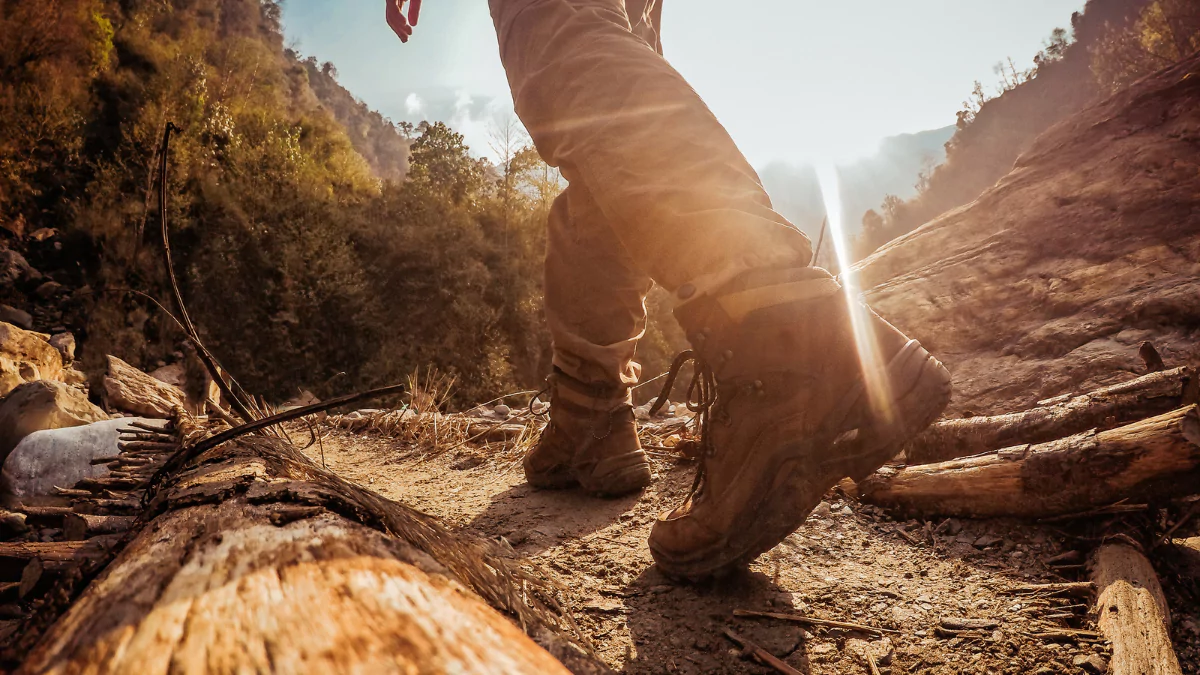
1. Insect Repellent
Include insect repellant in your list of trekking needs to protect yourself from bothersome insects and any vector-borne illnesses. Apply a repellent to exposed skin and clothes that have potent chemicals like picaridin or DEET. This is especially important in areas where there are a lot of insects, such as ticks and mosquitoes.
2. Permits and ID
Make sure your walk is legal and seamless by bringing along the necessary permits and identity papers. Do your homework and secure the required permissions ahead of time for the particular hiking destination. Keep a copy of your passport, identification, and any valid permits in a watertight bag. When necessary, presenting these credentials permits easy access to regions that are restricted and guarantees adherence to local laws.
3. Power Bank
Invest in a trustworthy power bank to keep your electronics powered up. Having a fully charged power bank guarantees that you can use digital instruments for navigation and keep connected, including cellphones, cameras, and GPS units. Choose a power bank with a large capacity and weigh it in relation to your other equipment. Throughout your journey, this portable energy source will come in quite handy for taking pictures and keeping in touch.
4. Trash Bags
Showcase your environmental responsibility by using sturdy, small-cap trash bags for appropriate disposal of garbage. These bags minimise the environmental impact by packing out all trash, including food wrappers and used goods, in accordance with the “Leave No Trace” philosophy. It is important to respect the natural beauty of walking paths, and appropriate garbage disposal guarantees the preservation of pristine ecosystems, keeping them untouched for hikers to enjoy in the future.
5. Whistle
A whistle is a little but essential piece of safety gear that comes in very handy on hikes when things become rough. Its long-range audible and piercing sound makes it a useful signalling tool for notifying friends or requesting assistance. A whistle is a dependable addition to your equipment that is lightweight and portable, giving you peace of mind and improving your readiness for unanticipated events. A whistle is a vital item that should never be disregarded, whether used for signalling to other hikers or for help.
6. Portable and Lightweight Stove and Utensils
A lightweight, portable stove and small utensils give a level of comfort and freedom to lengthy hikes or camping aspects of your vacation. With the help of these products, you can make hot meals and drinks, which will improve morale and provide enough nourishment. Select a stove that fits your cooking needs and, in order to maximise the amount of space in your bag, take into account the weight and dimensions of the utensils. This adaptable equipment gives you the convenience of a hot lunch in the middle of nature, turning your walk into a more gastronomic and delightful experience.
7. Camera
Use a trustworthy camera to capture the breathtaking scenery and special moments during your journey. Having a camera lets you capture the unique experiences, the beauty of the trails, and the companionship of other hikers. Whether it’s a little point-and-shoot or a more sophisticated DSLR. To guarantee you don’t miss any photo-worthy moments on your trip, make sure your camera is shielded from the weather with a durable case or backpack and carry additional memory cards and batteries.
8. Umbrella
Invest in a lightweight, portable hiking umbrella to protect yourself from the heat and rain. Even while standard rain gear is necessary, an umbrella provides extra protection and is especially helpful in warm, bright weather. It is a useful addition to your hiking equipment because of its adaptability in shielding you from sudden downpours or offering shade during breaks.
9. Binoculars
Bring a pair of binoculars to watch far-off vistas, animals, and birds, which will enhance your hiking experience. Your journey takes on a whole new level when you use binoculars to see the finer points of your surroundings. Pick a pair that is small and light enough to wear outside, and make sure it will fit neatly into your backpack. Binoculars provide a closer look at the marvels of nature, enhancing the immersion and enjoyment of your walk whether you’re looking for unusual birds, taking in panoramic views, or just assessing the ground ahead.
Conclusion
This is the quintessential trekking equipment list that you should use when you’re heading out on any trek in India. Pack these with you, and you will have the smoothest journey ever!



